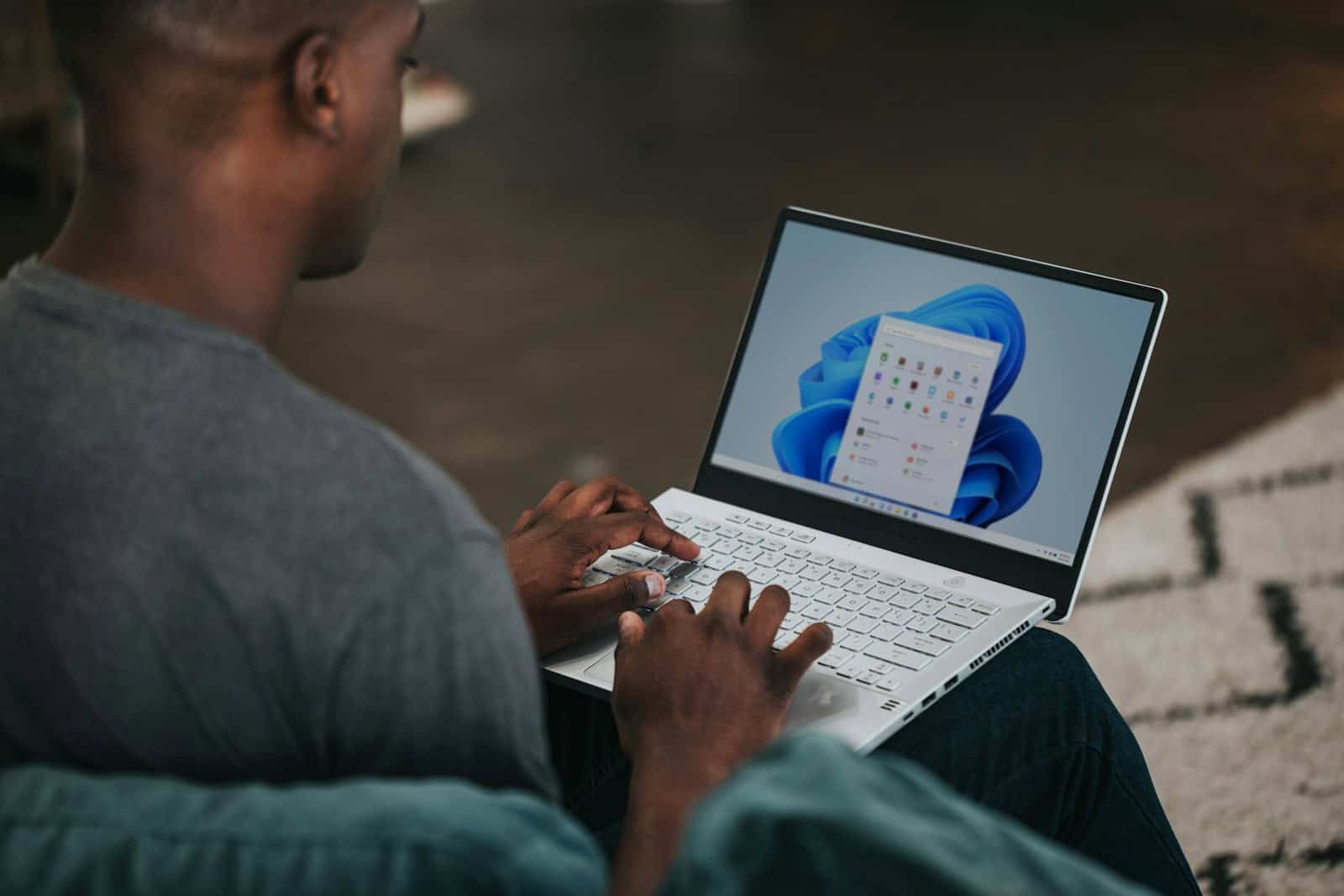The days of setting up Windows 11 without an internet connection or Microsoft Account are numbered. With the quiet but significant removal of the BYPASSNRO command, Microsoft is closing a loophole long cherished by privacy advocates, power users, and IT professionals alike.
Since its discovery, BYPASSNRO (short for “Bypass Network Requirement Online”) had become a staple workaround for users who wanted to skip Microsoft’s increasingly aggressive online account mandate during setup. The trick, executed via the Shift+F10 command prompt during installation, allowed Windows 11 Home and Pro users to bypass the online login requirement and set up a local account instead — especially useful in enterprise, testing, and air-gapped environments.
But that backdoor now appears to be sealed shut.
Microsoft’s Bigger Strategy: Accounts, Cloud, and Control
The move is part of a broader trend by Microsoft to nudge — or shove — users into its account-based ecosystem. Windows 11 has increasingly blurred the line between local computing and the cloud, and requiring a Microsoft Account at installation is key to enabling that vision.
When you’re signed in with a Microsoft Account, you gain access to cloud-syncing features like OneDrive, device backups, password synchronization via Edge, and seamless access to services like Teams, Office, and Xbox Game Pass. Microsoft positions this as a better user experience — and in some ways, it is. You can reset your PC remotely, recover your BitLocker encryption keys through your account, and sync preferences across devices.
But all of this comes at a cost: user autonomy.
The Privacy Backlash Is Growing
Many users prefer — or need — to use Windows without tying it to an online identity. Some are setting up PCs for clients in remote or secure locations. Others simply want a lean, local experience without telemetry, ads in the Start menu, or Microsoft pushing Edge and Bing at every corner.
This is especially relevant as Microsoft has expanded its data collection footprint in recent years. While the company insists this data improves security and personalization, critics argue that forced cloud integration reduces transparency and limits user choice. The EU, for example, has launched multiple investigations into Microsoft’s bundling practices, most recently regarding Teams and Azure.
Workarounds Still Exist (For Now)
Even with BYPASSNRO out of commission, some savvy users are still finding ways around the online requirement — such as using blocked or nonexistent domains to trick Windows into thinking there’s no connection (e.g., entering fake SSIDs or using firewalls to block outlook.com domains). However, these methods are likely to be patched out in future updates. Microsoft’s crackdown shows it’s not just closing loopholes — it’s redesigning setup flows to make circumvention harder altogether.
Tools like Rufus still offer options to create bootable ISOs that skip Microsoft Account requirements, though their effectiveness may vary depending on the latest Windows build. The open-source community might continue to fight back, but it’s becoming a game of cat-and-mouse.
A New Era of “Online-First” PCs
Microsoft isn’t alone in this approach. Apple requires an Apple ID for full functionality in macOS. Google’s Chromebooks essentially don’t work without a Google Account. The industry trend is clear: PCs are no longer “personal” in the traditional sense. They’re now access points into broader service ecosystems.
This is great for features like cloud saves, live collaboration, and cross-device access. But it’s also ushering in an era where offline-first users — those who value privacy, control, or minimal setups — are increasingly sidelined.
For Gamers: More Friction, Fewer Shortcuts
Gamers, too, are feeling the impact. For years, a fresh Windows install was the digital equivalent of “press start to play.” Now, before you install Steam or log into your Xbox app, you need a Microsoft Account — whether you want it or not. It’s a bit like booting up a console and being told, “Sign in or no games for you.”
That friction matters, especially for players who custom-build PCs, reinstall OSes regularly, or run offline systems for retro or DRM-free titles.
What This Means for the Future
The removal of BYPASSNRO isn’t just a technical tweak — it’s a signal. Microsoft wants all Windows users connected, traceable, and integrated into its service ecosystem from the moment they hit the power button. That might simplify things for some, but for others, it’s a significant loss of freedom.
If you value the ability to set up your system offline, manage your data locally, or retain full control over your PC experience, you may soon find yourself exploring alternative solutions — from custom ISOs and modified scripts to Linux distributions like Fedora or Mint, which are seeing growing adoption amid mounting Windows frustrations.
Bottom line? Microsoft is doubling down on its connected future — but it’s leaving a lot of its most loyal, technically adept users behind in the process.







